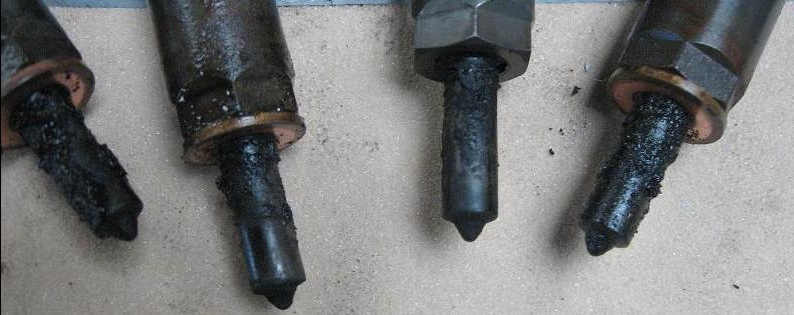How Fuel Injectors Work

If you’re on the fence about whether or not fuel injector cleaner is a worthy investment, a good place to start is understanding how an engine – and more specifically, fuel injectors – work. Understanding the basic ins and outs of an engine can be incredibly useful in recognizing potential problems, and help you know where to turn for basic maintenance.
For readers who are not already familiar, we’ll start with the basic functions of an engine. A typical combustion engine uses fuel combined with compressed air to produce energy and run the engine. An engine contains a lot of moving pieces, and it’s not necessary to understand each one in order to grasp the basic functions of an engine. However, there are a few components that are of central importance.
What You Need to Know
Four engine components worth understanding are your fuel injectors, spark plugs, combustion chambers, and pistons. The pistons are the cylindrical parts that move up and down within the engine, essentially making it possible for the vehicle’s tires to move. The pistons move in response to the combustion of fuel in the combustion chamber. The combustion chamber is where all the magic happens. Intake valves send fuel and compressed air into the fuel injectors. The fuel injectors “inject” this mixture into the combustion chamber. The compressed air and fuel contain a lot of potential energy, but it needs to be ignited in order for the energy to be released. This is where the spark plugs come in. The spark plugs ignite the mixture, which releases energy in the form of a combustion and exhaust.
A theoretically perfect combustion would burn 100% of the gas and produce 100% exhaust. In reality, not all the fuel is converted into exhaust, and you’re left with solid carbon deposits. Chemically speaking, the process of fuel combustion has 3 products: energy (the combustion), a gas byproduct (exhaust), and carbon deposits. Over time, these deposits can build up inside your engine and cause it to run poorly. They cause your engine to idle poorly or produce smoke, or in more serious cases, reduce your fuel economy and air flow.
The Role of Fuel Injectors
Now that we understand the basics of an engine, let’s look more closely at the role of the fuel injectors. Fuel injectors are a crucial component between the intake valves and the combustion chamber. While the intake valves pass air and fuel toward the chamber, the fuel injectors ensure that the mixture is properly compressed and released into the combustion chamber as a mist. One way to understand the importance of a fuel injector is to imagine what happens when your fuel injectors are damaged. Compressed air and fuel will still make it to the combustion chamber, but the combustion will be drastically less efficient. The most common symptom of a faulty fuel injector is a rough, choppy idle that can be downright violent.
Not all vehicles have fuel injectors. Some use carburetors, which perform a similar role but come with their own advantages and disadvantages. One major difference between carburetors and fuel injectors is that carburetors can’t monitor the air/fuel ratio, and they use a jet to send the mixture into the combustion chamber. Fuel injectors are more complex, as they continuously monitor the air/fuel ratio for optimal performance.
How can you Clean Them?
If you need more information on how to maintain your fuel inejectors, check out our guide to the best fuel injector cleaner on the market. We’ll help you understand what to buy, and when to use it.
